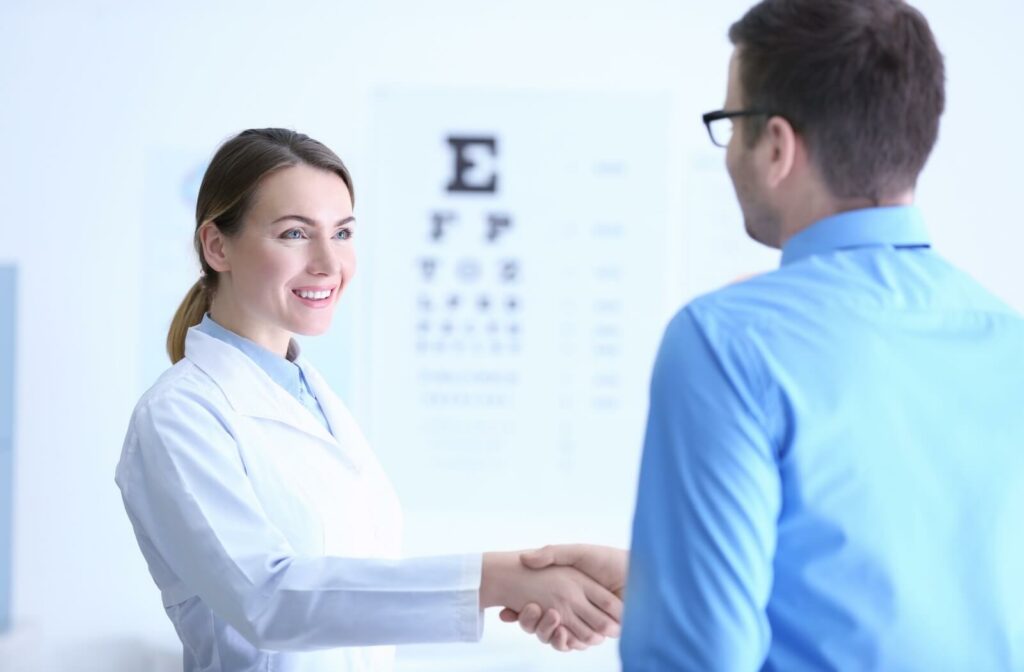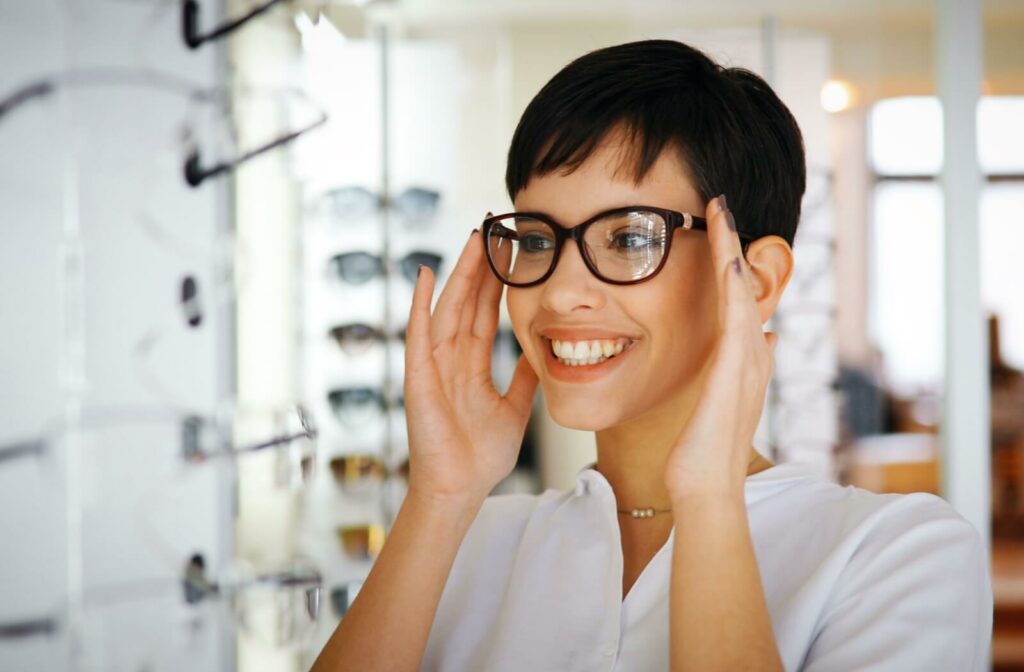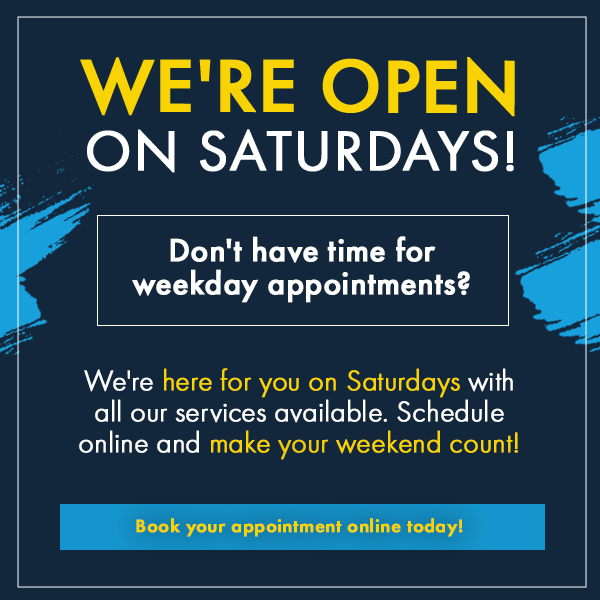You can wear reading glasses with contact lenses. While it may seem like too much vision correction, wearing reading glasses and contact lenses is common in adults who require clear, distant vision with contacts but also start to develop presbyopia and need reading glasses for close-up text.
Wearing reading glasses with contacts might not work for everyone. In that case, your eye doctor can recommend other lens options for people with multiple refractive errors.
What Are Reading Glasses and Contact Lenses?
Reading glasses are a straightforward and magnified solution for individuals with presbyopia, an age-related eye condition that makes it difficult to focus on near objects.
Presbyopia can worsen over time. Symptoms of presbyopia can include:
- Trouble seeing up-close
- Holding reading materials farther away from the eyes to focus on them
- Tired or sore eyes
- Eye strain
- Headaches
Presbyopia develops in almost everyone after 45 years, as the eye’s lens loses flexibility and stops focusing light directly on the retina (the light-sensitive tissue at the back of the eye) for vision clarity. Reading glasses compensate for the natural hardening of the eye’s lens, helping provide clear vision when reading or using digital devices.
Contact lenses, on the other hand, have been liberating wearers from wearing frames. Contact lenses sit directly on the eye’s cornea (clear front part of the eye) and can correct several vision problems or refractive errors, from nearsightedness to farsightedness and astigmatism. Unlike glasses, contacts offer an unobstructed field of vision.
Wearing Reading Glasses with Contacts
Wearing reading glasses with contacts can provide vision clarity at varying distances. Contact lenses can correct for distance vision, while reading glasses can aid reading and other close-up activities with crisp detail. Typically, you wear contact lenses throughout the day and only wear reading glasses when you need vision correction in close range.
Vision Correction Alternatives
For people with different refractive errors, there are other options than wearing reading glasses with contact lenses for vision correction.
Multifocal Prescription Lenses
Multifocal lenses can correct distant and near vision for someone with nearsightedness and presbyopia. Types of multifocal lenses include:
- Bifocal lenses: Have two distinct lens powers, near vision on the bottom and distance vision on the top.
- Trifocal lenses: Have three points of focus, including middle-distance vision, near vision, and distance vision correction areas.
- Progressive lenses: These are multifocal lenses without a visible line, as the lens power gradually changes between the near and distance vision.
Tips for Wearing Reading Glasses & Contacts
While the concept is simple, donning a pair of reading glasses over your contact lenses isn’t without its challenges. By following these practical tips, you can look forward to a more comfortable and effective vision-friendly experience.
Fit Matters
Make sure you have the right fit for your contact lenses and reading glasses. An uncomfortable or inappropriate size can lead to vision issues and discomfort.
Prescription Precision
Always have an accurate and current prescription for both your contacts and reading glasses. While it’s easy to pick over-the-counter reading glasses from the store, an eye exam can help determine the right prescription for your reading glasses. Contact lenses have different prescriptions from eyeglasses, which require a contact lens exam.
Lens Care & Maintenance
Hygiene is key to maintaining eye health and clear vision. Clean your contact lenses and reading glasses regularly as prescribed and store them appropriately when not in use.
Consult Your Eye Doctor
The benefits of using reading glasses with contacts are clear for many wearers. They offer the convenience of flexibility and the ability to switch tasks without switching eyewear completely. They are also a solution for contact lens wearers who need to manage the occasional use of a computer or reading material.
On the other hand, users need to be wary of the potential disadvantages. Improper use, fit, or prescription can cause discomfort and even affect vision. Consult your eye doctor about vision concerns and recommendations on wearing reading glasses with contact lenses or whether switching to multifocal lenses is right for your needs.

Personalized Vision Correction Options
If you’re a contact lens wearer who occasionally finds the fine print too small or struggles with tasks at arm’s length, combining your contacts with reading glasses can be a game-changer. It offers a tailored approach to managing your vision that can adapt to your lifestyle with ease and grace.
However, eyewear is a personal experience, and what works for one may not work for all. Your eye doctor can offer personalized recommendations, such as help determine if multifocal lenses can provide a clearer, more comfortable, and convenient solution to multiple refractive errors.
Book an appointment with Griffin Optometric Group in San Clemente to explore personalized vision correction options.




